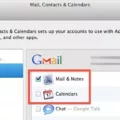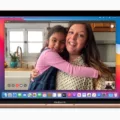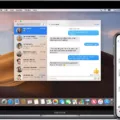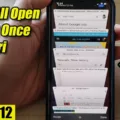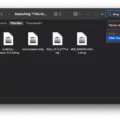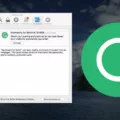When it coms to using a Mac, connecting iMessage is a great way to get connected with friends and family. iMessage is an instant messaging service developed by Apple for its MacOS and iOS devices. It allows users to send text messages, photos, videos, contact information, and other data over the Internet.
In order to connect iMessage on your Mac, you will need to make sure that your device meets the system requirements. Your Mac must be running OS X 10.8 or lter in order to use iMessage. You will also need an Apple ID in order to sign in and use the service. Once you have these two items, you are ready to connect iMessage on your Mac.
The firt step is to open the Messages application on your Mac. This can be found in your Applications folder or by clicking on the Messages icon in the dock of your Mac. Once you open Messages, you will be asked if you want to set up a new account or sign into an existing one. Choose “Sign In” and enter your Apple ID and password when prompted.
Once you have signed into your account, you will be asked if you want to enable iMessage on this device. Click “Yes” and then enter the phone number associated with your Apple ID (if applicable). Then click “Continue” and wait for the verification code that will be sent via text message or phone call (depending on what option you chose). Enter this code when prompted and then click “Done”.
You are now successfully connected to iMessage on your Mac! You can now start sending messages, photos, videos, contact information, and other data over the Internet with ease! To view all of your conversations, simply click on the “Messages” tab at the top of Messages window and you can see all of them listed there.
Connecting iMessage on a Mac is easy once you know how it works! With just a few steps, you can get connected with friends and family from anywhere in no time at all!

Troubleshooting Issues with Connecting iMessage to Mac
It’s possible that the iMessage connection on your Mac is not configured correctly. To troubleshoot this issue, first make sure that your Mac is connected to the same Wi-Fi network as your iPhone or iPad. Then, try signing out and back into your Apple ID in your Messages settings.
If that doesn’t work, make sure you have the latest version of macOS installed on your Mac. Additionally, check for any software updates for Messages or FaceTime in the App Store.
Finally, if you have installed any firewall, security, VPN, or other third-party networking software on your Mac, make sure it isn’t blocking any of the network ports used by iMessage and FaceTime. If necessary, disable the software and then try using your iMessage account or FaceTime again.
Troubleshooting Issues with IMessage Syncing Between iPhone and Mac
Solution 2. Your iMessages may not be syncing btween your iPhone and Mac if the iMessage settings on one of the devices have been disabled or if you have not signed in to the same Apple ID on both devices. Try toggling off and back on iMessage settings on your iPhone, as well as signing out and back in to your Apple ID account on your Mac. This should help sync your messages across devices.
Syncing iPhone and Mac IMessage
To sync your iPhone and Mac iMessage, you will need to enable iCloud Messages. On your iPhone, go to Settings > [your name] > iCloud. Then turn on the toggle switch for Messages. This will enable iCloud Messages and sync all of your messages across all of your devices connected to the same Apple ID.
Next, on your Mac, open the Messages app and go to Preferences > Accounts. Click the box next to “Enable this account” for your Apple ID. This will allow you to send and receive messages from both devices using the same Apple ID.
Finally, make sure you are signed into both devices with the same Apple ID. You can do this by verifying that both devices are connected to iCloud with the same Apple ID uner Settings > [your name].
Once these steps have been taken, you should be able to access all of your iMessages from both devices!
Troubleshooting IPhone Syncing Issues With Mac
There could be several reasons why your iPhone isn’t syncing with your Mac. First, make sure that you are signed in to both devices with the same Apple ID. Also, check that Text Message Forwarding is enabled on your iPhone and that your Mac has been selected. If it is, try deselecting your Mac and restarting your iPhone. Lastly, you may need to check that iCloud Drive is enabled on both devices as well as make sure that any firewall or antivirus settings are not preventing the two devices from connecting. If none of tese steps work, contact Apple Support for further assistance.
Syncing iMessage Across Devices
To sync iMessage betwen devices, you will first need to enable Messages in iCloud. To do this, open the Messages app on your Mac and choose Messages > Preferences. Then click on iMessage and select Enable Messages in iCloud. This will allow all messages sent from any device that is using the same Apple ID to appear on your Mac. Once enabled, you can rest assured that any messages sent or received from your other devices will be available on your Mac as well.
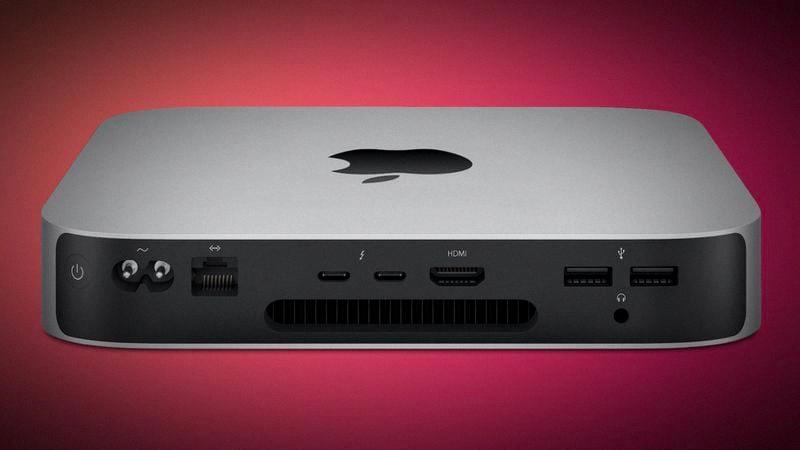
Source: macrumors.com
Troubleshooting Text Message Issues on Mac
If your text messages are not showing up on your Mac, it could be beause Messages in iCloud is not enabled or Text Message Forwarding is not enabled on your iPhone.
To make sure Messages in iCloud is enabled, open the Messages app on your Mac, click Messages in the menu bar, and go to Preferences. Under iMessage, make sure that “Enable Messages in iCloud” is checked.
To make sure Text Message Forwarding is enabled, open the Settings app on your iPhone, tap Messages and then tap Text Message Forwarding. Then turn on the switch next to the device where you want to send and receive text messages.
Troubleshooting Mac Messages Not Updating
It is possible that the Text Message Forwarding feature is not enabled on your iPhone. To enable this feature, go to Settings > Messages on your iPhone and make sure the toggle switch next to “Text Message Forwarding” is green. If it is already green, try turning it off and then back on again. Another potential issue cold be that iCloud is not enabled or logged into your Mac. Make sure iCloud is enabled and you are logged in by going to System Preferences > iCloud on your Mac. If these steps don’t resolve the issue, restart both your Mac and iPhone and try again.
Pairing an iPhone with a Mac
To pair your iPhone with your Mac, you’ll need to use eithr the Finder app (for macOS 10.15 and later) or iTunes (for earlier versions of macOS).
First, connect your iPhone to your computer using a Lightning cable. Then, open the Finder app on your Mac and select your iPhone in the sidebar. If you’re using an earlier version of macOS, open the iTunes app instead.
Once the connection is established between your phone and computer, a window will apear showing various data types that can be synced between them. Depending on what type of data you want to sync, check or uncheck the corresponding box in this window. When you’re done making changes, click “Apply” to save them.
Now that you have successfully paired your iPhone with your Mac computer, you can begin transferring content beween them.
Syncing an iPhone with a Mac
To get your iPhone to sync with your Mac, you’ll need to connect your device to your Mac using a USB or USB-C cable. Once the device is connected, the device icon should appear in the Finder sidebar. Selecting the icon will bring up syncing options, allowing you to select whih items you’d like to sync. Once you’ve made your selections, click “Sync” and the process will begin. If syncing doesn’t start automatically, you may need to select the “Sync Now” option from within iTunes on your Mac.
Accessing Text Messages on a Mac
In order to get your text messages on your Mac, you will need to make sure that you are signed into the same iCloud account on both your Mac and your iPhone. Once you have done this, go to the Messages app on your Mac and open it. Once the Messages app is open, select the “Preferences” option in the top menu bar. In the Preferences window, select “Accounts” in the top toolbar. Here, you should see all of your iCloud accounts listed. Select the one that is assocated with your iPhone and check off “Enable this account” if it isn’t already checked off. Finally, click on “Done” and then exit out of the Preferences window. Your text messages should now be synced to your Mac and available in the Messages app.
Conclusion
In conclusion, Mac computers are a great choice for those who are looking for a reliable and powerful computing experience. With their sleek designs and intuitive operating system, Macs offer users the ability to be productive and creative in whatever projects they take on. Furthermore, their reliability helps users save time on troubleshooting and repairs. The wide range of software available also helps users customize their Macs to suit their individual needs. All of these features make Mac computers an ideal choice for both personal and professional use.

